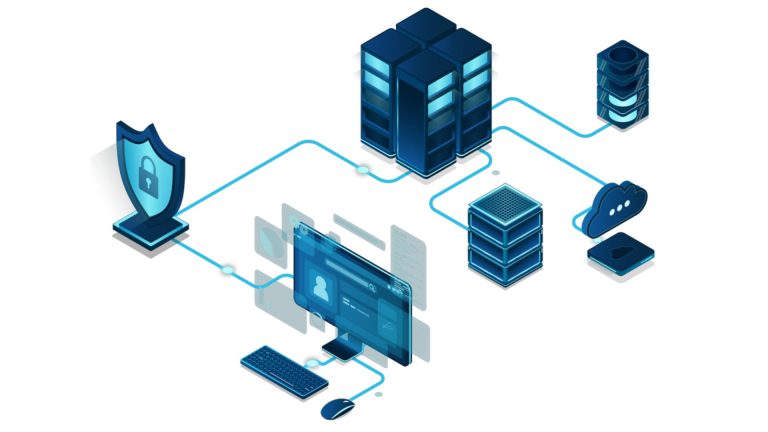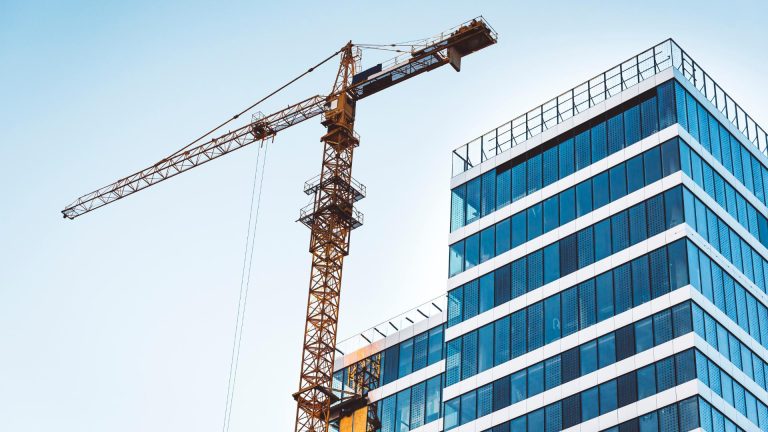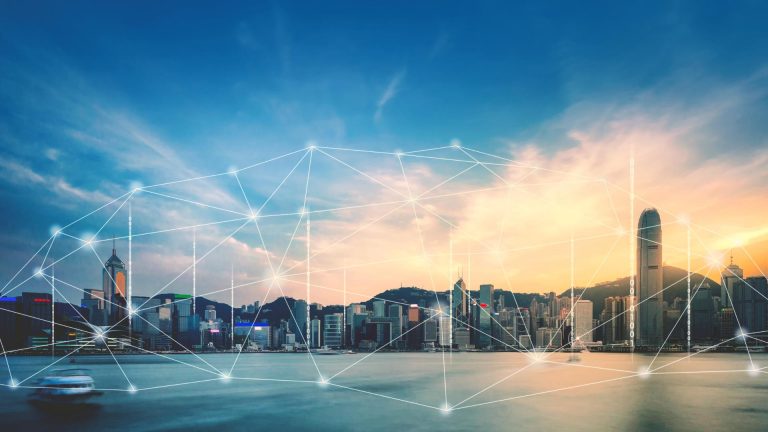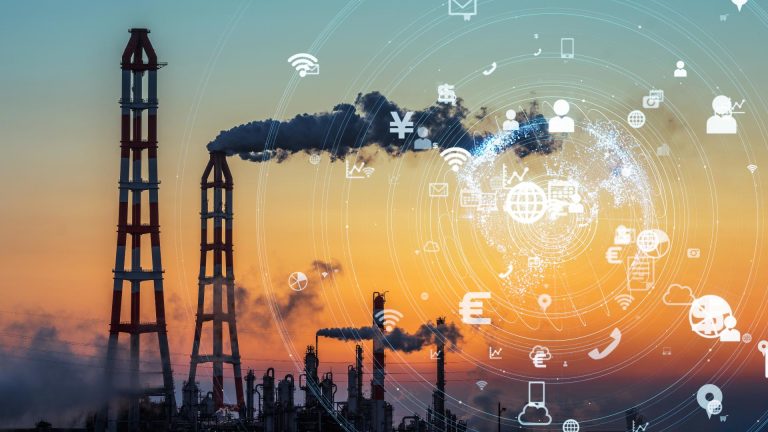How Smart Sensors and IoT Are Revolutionizing Infrastructure Safety
Introduction
As global infrastructure ages, the need for real-time, intelligent monitoring systems has become critical. Traditional structural inspections are time-consuming, labor-intensive, and often reactive, detecting issues only after damage has already occurred. Structural Health Monitoring (SHM) is transforming this paradigm by integrating smart sensors, IoT (Internet of Things), AI, and predictive analytics to provide continuous, automated monitoring of bridges, buildings, tunnels, and other critical structures.
This article explores how SHM technology enhances infrastructure resilience, prevents catastrophic failures, and reduces maintenance costs while ensuring public safety and sustainability.
What Is Structural Health Monitoring (SHM)?
SHM is the process of continuously assessing a structure’s performance, integrity, and safety using advanced sensors, data analytics, and remote monitoring technologies. By detecting early warning signs of stress, fatigue, cracks, and material degradation, SHM enables proactive maintenance strategies rather than reactive repairs.
Key Components of SHM Systems:
- Smart Sensors – Measure structural parameters such as vibrations, temperature, strain, and displacement.
- IoT & Wireless Communication – Transmit real-time data to centralized monitoring platforms.
- Big Data Analytics & AI – Process vast datasets to identify patterns, predict failures, and optimize maintenance schedules.
- Digital Twin Technology – Creates virtual models of structures to simulate real-world stress factors and deterioration processes.
- Cloud Computing & Edge Processing – Enables remote access, real-time decision-making, and faster data analysis.
Applications of SHM in Infrastructure and Industry
1. Bridges and Transportation Infrastructure
- Vibration and Strain Monitoring – Detects fatigue, overloading, and structural weaknesses in bridges.
- Corrosion Detection – Uses sensors to monitor steel reinforcement deterioration in concrete structures.
- Earthquake and Seismic Monitoring – Assesses a structure’s ability to withstand seismic activity and high winds.
- Traffic Load Analysis – Optimizes maintenance by identifying high-impact zones experiencing excessive stress from heavy vehicles.
2. High-Rise Buildings and Smart Cities
- Real-Time Structural Integrity Monitoring – AI-powered SHM systems detect shifts, misalignments, and cracks in skyscrapers.
- Temperature and Humidity Monitoring – Identifies climate-related material expansion and contraction, which can lead to cracks and instability.
- Energy Efficiency Optimization – Integrates IoT-driven monitoring with smart building systems for improved energy usage.
3. Tunnels, Dams, and Underground Infrastructure
- Water Leakage Detection – Identifies moisture infiltration and pressure build-up in tunnels and dams.
- Geotechnical Monitoring – Assesses ground movement, soil stability, and settlement risks.
- Long-Term Structural Deformation Tracking – Uses LiDAR and fiber optics to measure gradual shifts in underground structures.
4. Aerospace and Aviation
- Aircraft Structural Health Monitoring – Tracks material fatigue, thermal stress, and impact damage in airplanes.
- Predictive Maintenance for Spacecraft – NASA and private space companies use SHM to monitor spacecraft components for micro-cracks and wear.
- Composite Material Integrity Monitoring – Ensures the durability of lightweight aerospace materials used in modern aircraft.
5. Offshore Oil Rigs and Maritime Structures
- Corrosion and Fatigue Monitoring – Detects metal degradation caused by saltwater exposure.
- Wave and Wind Load Analysis – Predicts stress impact from ocean currents, storms, and hurricanes.
- Automated Failure Detection – AI-driven analytics provide real-time alerts for potential failures, preventing oil spills and environmental disasters.
Benefits of SHM Technology
✅ Early Failure Detection – Prevents catastrophic collapses by identifying potential risks before they escalate.
✅ Reduced Maintenance Costs – Optimizes repair schedules, eliminating unnecessary inspections and emergency interventions.
✅ Real-Time Monitoring & Automation – Reduces the need for manual inspections, enhancing worker safety.
✅ Increased Infrastructure Lifespan – Extends the durability of bridges, roads, and high-rise buildings through proactive maintenance strategies.
✅ Disaster Resilience & Public Safety – Enhances earthquake, hurricane, and flood preparedness through real-time data analysis.
Challenges and Future Trends in SHM
While SHM is revolutionizing infrastructure monitoring, its widespread adoption faces some obstacles:
🔹 High Implementation Costs – Deploying large-scale sensor networks and AI-driven analytics requires substantial investment.
🔹 Data Overload & Processing Complexity – Handling millions of data points per second demands advanced cloud computing and machine learning algorithms.
🔹 Cybersecurity Risks – As SHM systems rely on IoT and cloud connectivity, they must be protected from cyber threats and data breaches.
Emerging Trends in Structural Health Monitoring:
🚀 AI-Powered Predictive Analytics – Self-learning AI models will improve anomaly detection and reduce false alerts.
🚀 Wireless & Energy-Efficient Sensors – Advances in low-power IoT sensors will enable longer-lasting, maintenance-free monitoring systems.
🚀 Digital Twins for Infrastructure – Virtual replicas of bridges and buildings will simulate stress conditions in real time, improving risk assessment.
🚀 Blockchain for Data Integrity – Ensures tamper-proof records of infrastructure health data, increasing trust in monitoring reports.
🚀 5G-Powered Remote Monitoring – High-speed 5G networks will enable instant transmission of structural health data, even in remote locations.
Conclusion
Structural Health Monitoring is transforming infrastructure safety and maintenance, providing real-time insights, predictive analytics, and cost-effective solutions. As AI, IoT, and advanced sensor technologies continue to evolve, SHM will become the foundation of smart, resilient, and long-lasting infrastructure.
Is Your Infrastructure Ready for Smart Monitoring?
With global urbanization, aging infrastructure, and climate risks, SHM is no longer optional—it’s essential. Investing in intelligent monitoring systems today ensures safer, stronger, and more sustainable structures for the future.







